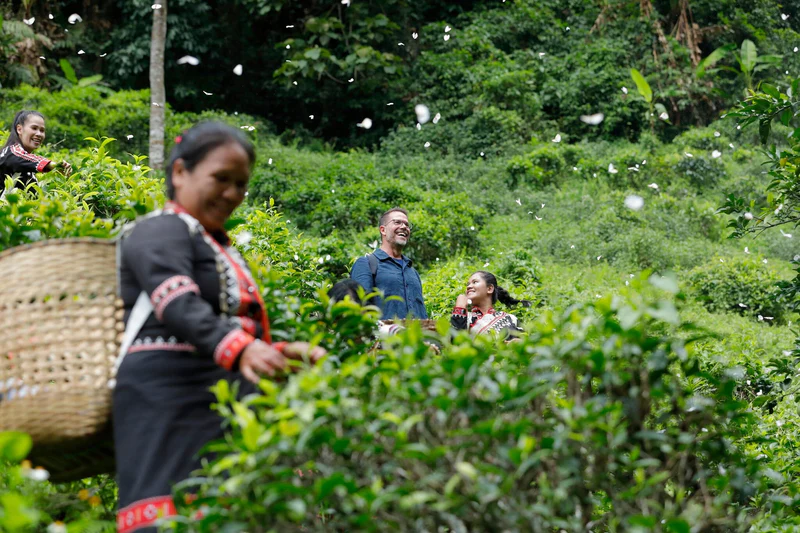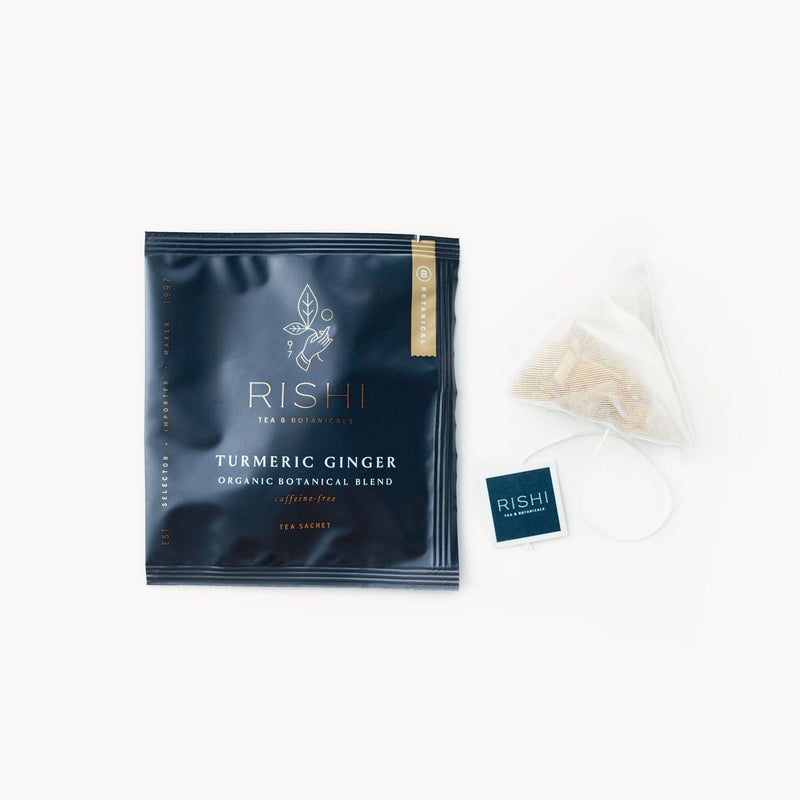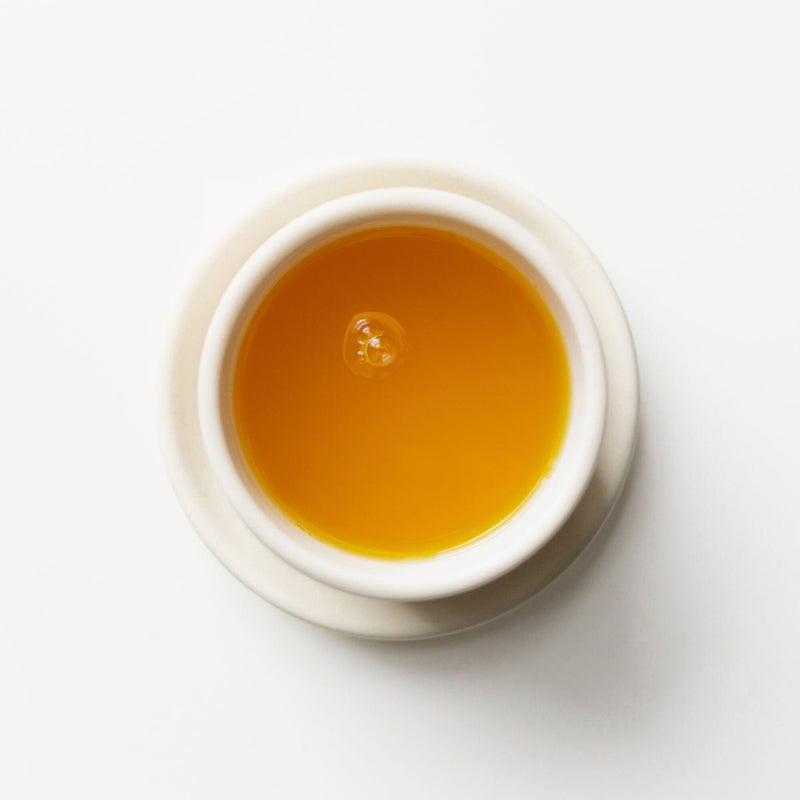Similar Articles To Explore
Discover Our Teas
Shop Now
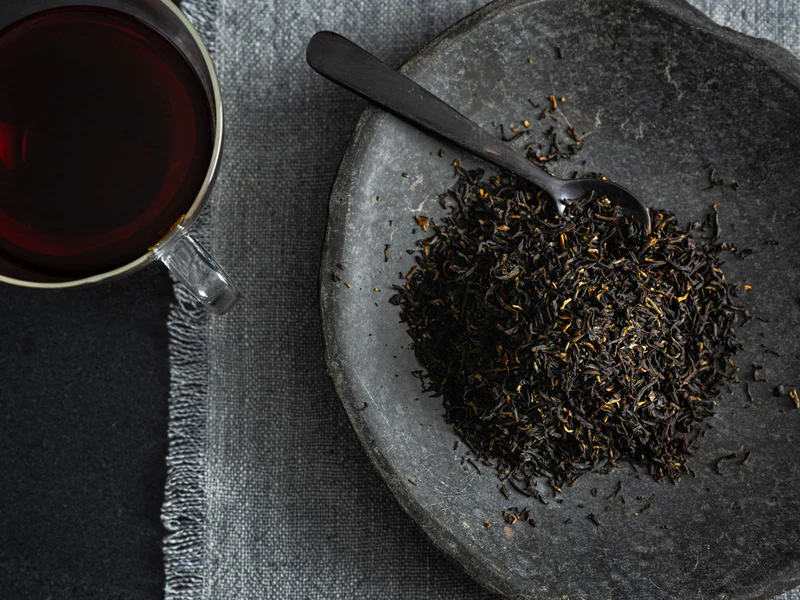

QUICK ADD
Earl Grey Supreme
Organic Black Tea Blend
Rich | Citrusy | Floral
from $18.90
Available in 2 sizes and loose leaf
from $18.90

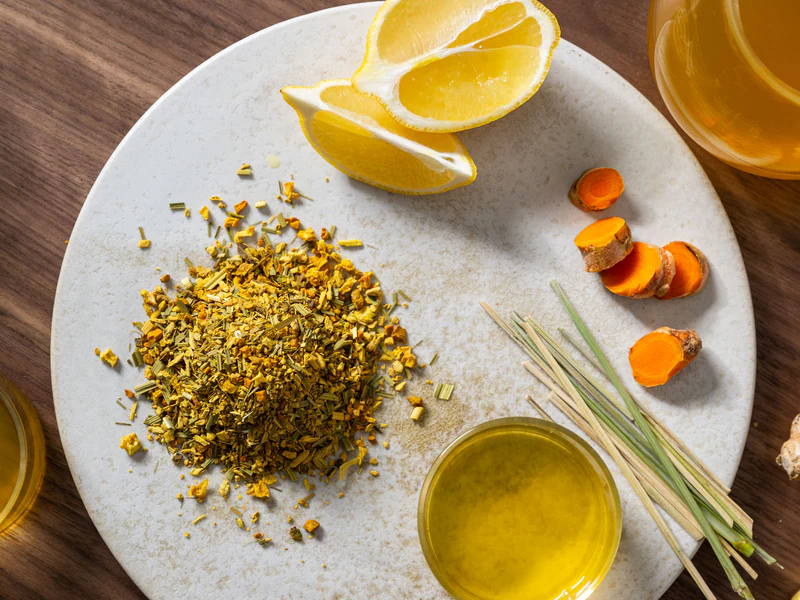

QUICK ADD
Turmeric Ginger
Organic Caffeine-Free Botanical Blend
Spicy | Zesty | Fragrant
from $15.75
Available in 2 sizes and loose leaf
from $15.75

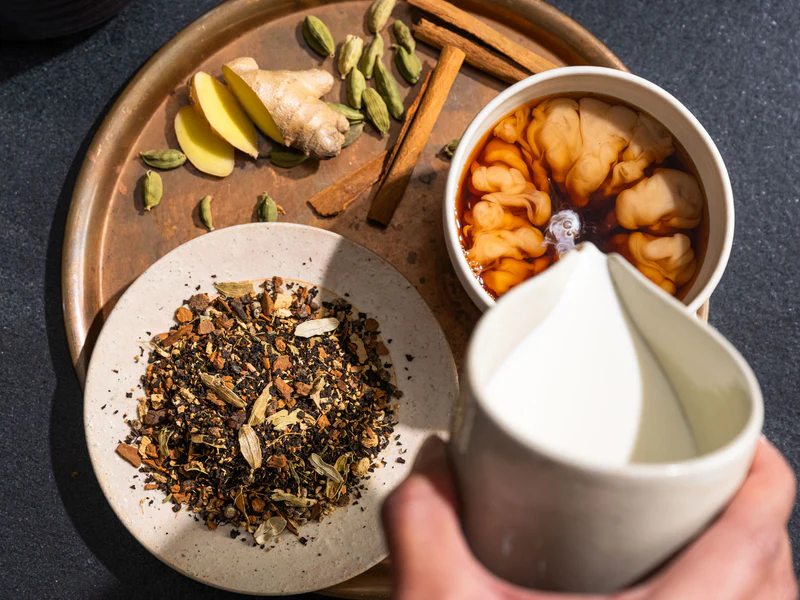

QUICK ADD
Masala Chai
Organic Black Tea Blend
Spicy | Balanced | Fragrant
from $15.75
Available in 2 sizes and loose leaf
from $15.75



QUICK ADD
Jasmine
Organic Green Tea
Fresh | Floral | Elegant
from $17.85
Available in 2 sizes and loose leaf
from $17.85

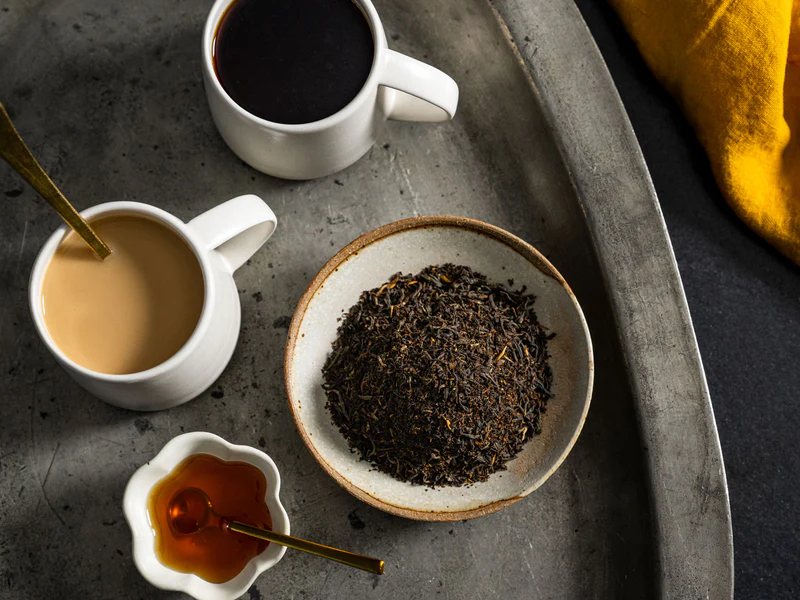

QUICK ADD
English Breakfast
Organic Black Tea
Robust | Brisk | Sweet
from $16.80
Available in 2 sizes and loose leaf
from $16.80

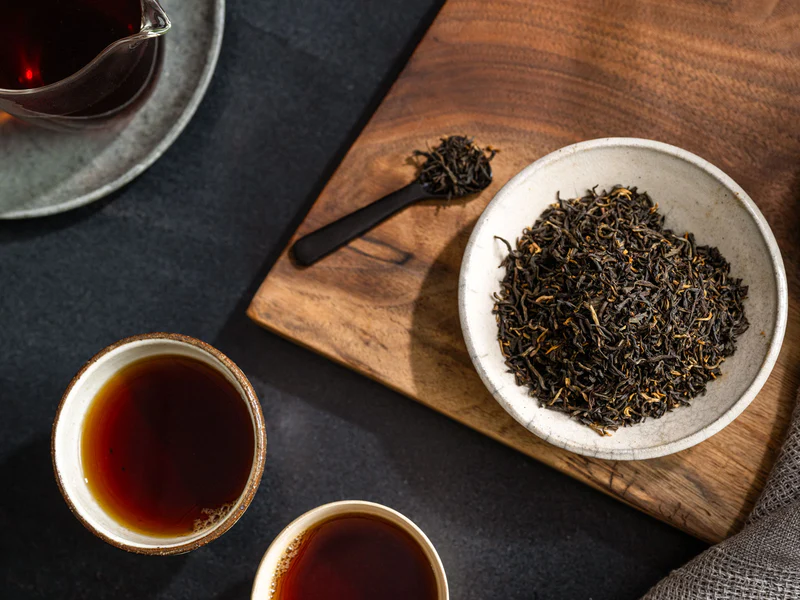
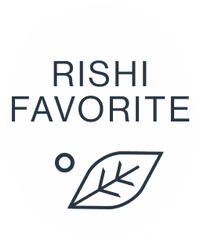
QUICK ADD
Golden Yunnan
Organic Dianhong Black Tea
Malty | Jammy | Mellow
from $16.80
Available in 2 sizes and loose leaf
from $16.80

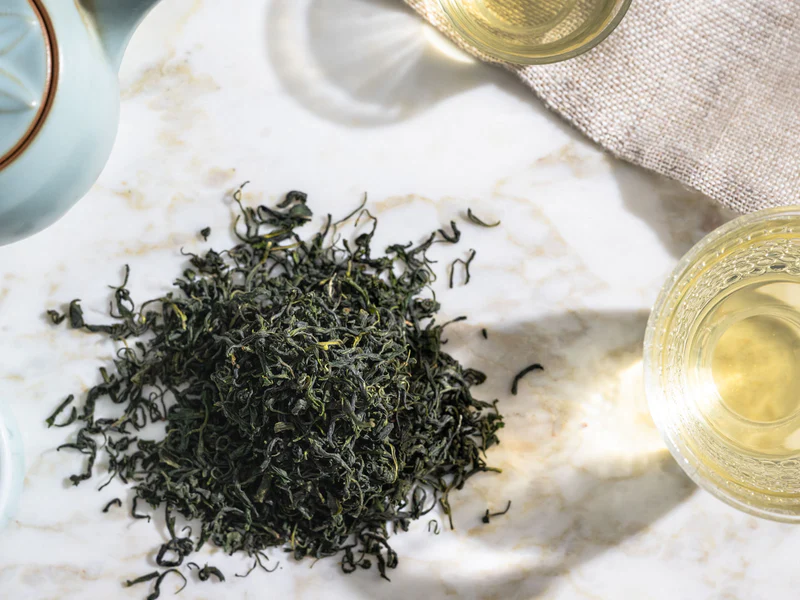
QUICK ADD
Jade Cloud
Organic Green Tea
Savory | Floral | Roasty
from $17.85
Available in 2 sizes and loose leaf
from $17.85
 Best Sellers
Best Sellers





